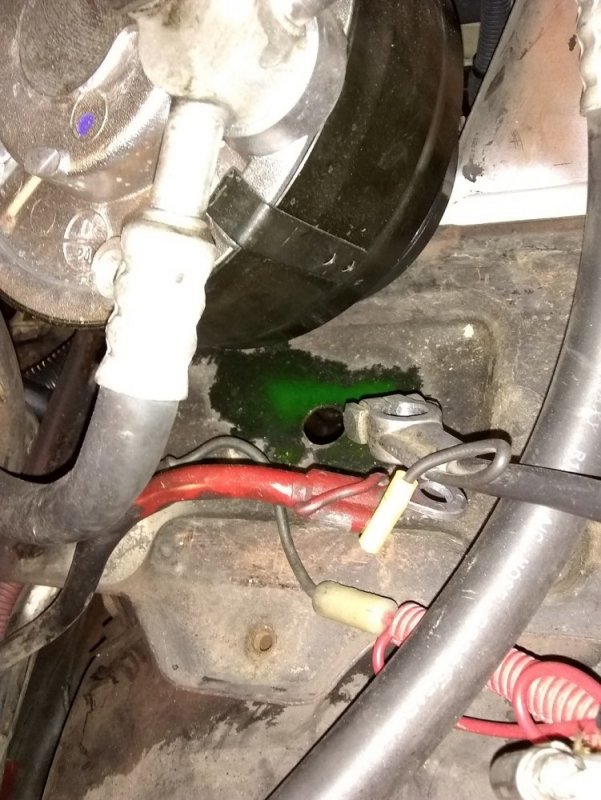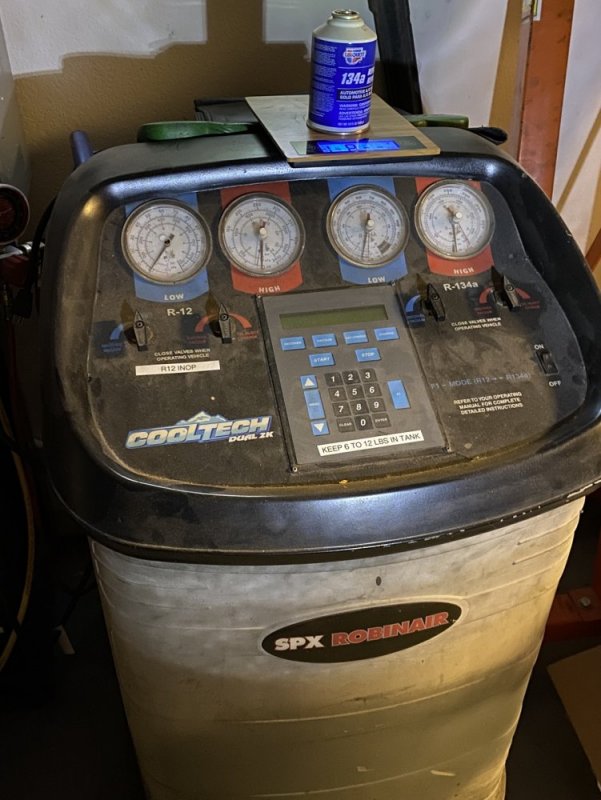Twisted Steel Performance
Anything worth doing is worth overdoing.
Well, last year I had my entire AC replaced with new parts, It never cooled like it should have, the shop only put 42oz in the system, everything I could find says 3 lb or 48oz, the new condenser had a tube installed in it, the old system had it in the dryer line..
We almost never use the truck so it sits covered in the barn... I went try the AC today and nothing, the clutch wouldn't engage.. I will be hooking the gauges to it to see if the system is empty or low later today..also I'm going to purchase a vac pump as well..
A few questions..
What color orifice tube should I get ...
Would it work better to install the tube in the dryer line and not the condenser..
If it is low or empty, do I add more oil to the system...
Now, I see there is several types of refrigerant, what are your thoughts on "Arctic Freeze" synthetic... what would the best refrigerant be to use...
We almost never use the truck so it sits covered in the barn... I went try the AC today and nothing, the clutch wouldn't engage.. I will be hooking the gauges to it to see if the system is empty or low later today..also I'm going to purchase a vac pump as well..
A few questions..
What color orifice tube should I get ...
Would it work better to install the tube in the dryer line and not the condenser..
If it is low or empty, do I add more oil to the system...
Now, I see there is several types of refrigerant, what are your thoughts on "Arctic Freeze" synthetic... what would the best refrigerant be to use...


